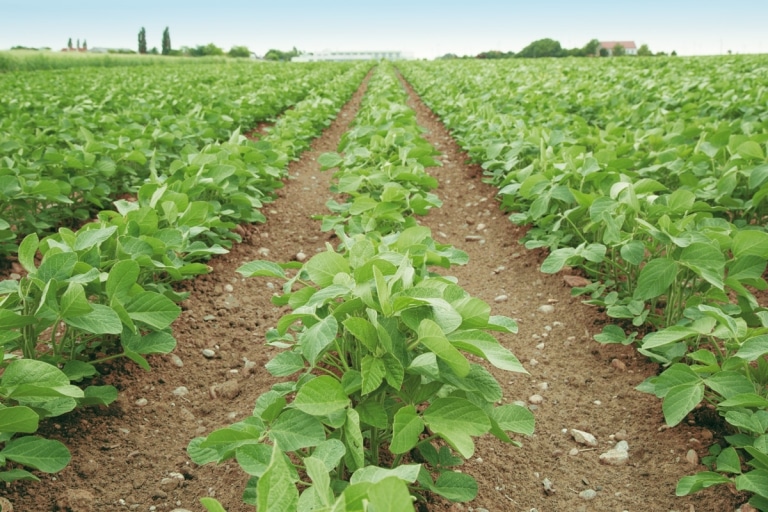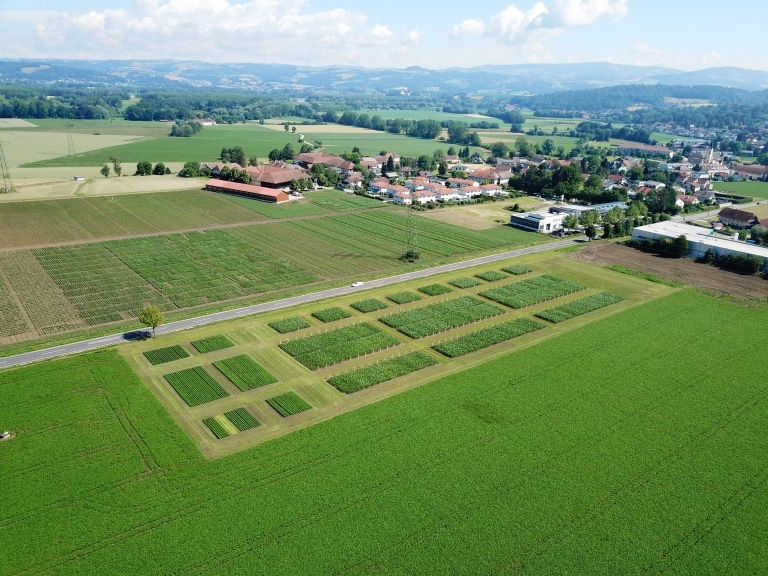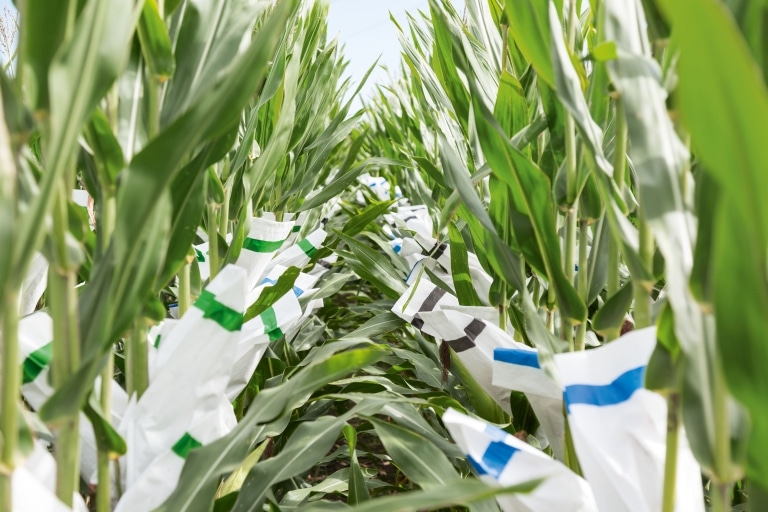30.03.2021
Fine seeds becoming a delicious filling
The word “poppy” immediately makes Austrian’s think of the Lower Austrian Waldviertel region and the poppy harvested there under its denomination “Waldviertler Graumohn”.
Of course, the major (1,500 hectares) and most traditional poppy cultivation area is situated there, but the Upper Austrian poppy cultivation surfaces in Upper Austria shouldn’t be underestimated either.
In 2019, 786 hectares, in other words almost one third of the Austrian poppy surfaces were situated in Upper Austria. SAATBAU ERNTEGUT operates a specialised processing plant in Kefermarkt, right in between those two important cultivation areas.
Selection of the right variety
For poppy, there is an extremely diverse range of varieties. In addition to the well-known blue and grey varieties, there are also white and red poppy varieties.
Poppy is a self-fertiliser and is best cultivated on medium textured soils, preferably on humous, deep soils, well supplied with water but not waterlogged.
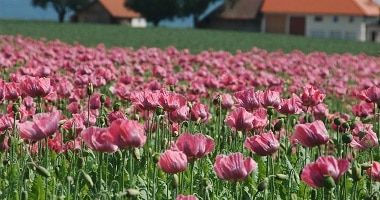
Special focus in breeding is on selecting closed pods, from which the seeds do not fall out and seeds with a low morphine content. One of the major criteria for marketing poppy seeds is a low morphine content in the seeds. For this, the time of harvesting is decisive, but also certain measures taken in the breeding process. The domestic poppy seed varieties ARISTO and FLORIAN are especially successful in this respect.
Field production
There is hardly another crop with smaller seeds and a lower TGW (0.2 – 0.5 g). This also requires special techniques for sowing, which can be done starting in mid-March. Next to optimum local conditions including sufficient soil humidity, the sowing process as such is of great importance in order to obtain good results. The ideal sowing technique deposits between 0.8 and 1.3 kgs of poppy seeds per hectare at a maximum depth of 0.5 to 1 cm. To allow perfect germination, it is important to ensure that the seeds are well integrated into the soil, which can be supported by compacting the soil with a roller.
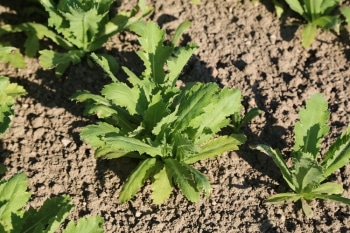
Just like sugar beets, poppy is sensitive to weed pressure. Competitors need to be removed quickly in order to allow optimum development. Snails and flea beetles also endanger the small plants. In comparison with other crops however, poppy requires only very little application of fertilisers, insecticides and fungicides and thus constitutes an attractive low-input crop with a great potential for good marginal return.
The optimum harvesting time has come, when the pods rustle when shaken. At threshing, a certain percentage of pod shells is even desirable in order to ensure seed protection. Under ideal conditions, the yield ranges between 700 and 1,000 kgs/hectare.
Quality assurance and refining the raw material
Transferring and delivering the harvest does not equal the end of the value creation process. In order to obtain a high-quality food product, many different processes have to ensue and engage with each other.
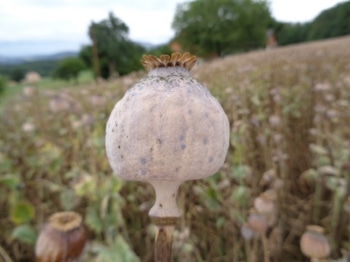
With poppy seeds, the storage conditions right after the harvest are of utmost importance. Often, poppy seeds are harvested at summer temperatures well beyond 30 °C. Now, it is important to quickly cool the harvest in order to avoid spoilage. Seeds damaged during harvesting by aggressive combine settings (high number of revolutions of the threshing drum, small distance from concave) are especially sensitive. Damaged seeds don’t look very nice and can quickly spoil the product due to the oil released.
Once the seeds have been preserved, special cleaning machines sort the seeds by size, shape and colour and clean them to achieve a purity level of 99.9%. Only then can the product be further processed, e.g. steamed. Each and every step in this process is accompanied by the strict requirements of modern food industry, including e.g. loop less traceability all the way back to the farmer, regular screenings for pesticides and certifications such as FSSC 22000, HACCP but also Kosher, which have become standard even for such an original agricultural product like poppy seeds. It is only once the product fulfils all the criteria mentioned, that the high-quality food can be further processed to produce delicious fillings or to decorate bread rolls before the go into the oven.
Dominik GRAD
Consultant Field Production Spices And Bakery Ingredients
SAATBAU LINZ
You might also be interested in
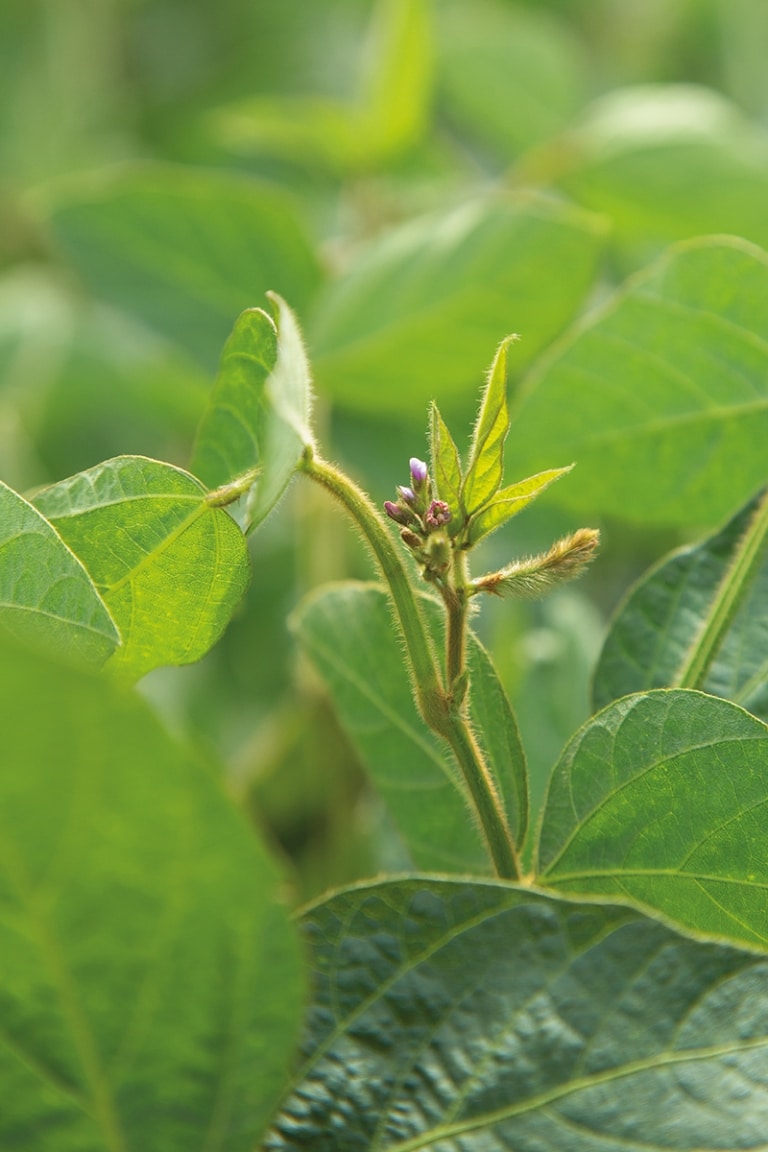
News
SAATBAU Germany’s Soybean Initiative
Interview with the managing directors on the new initiative
Mehr erfahren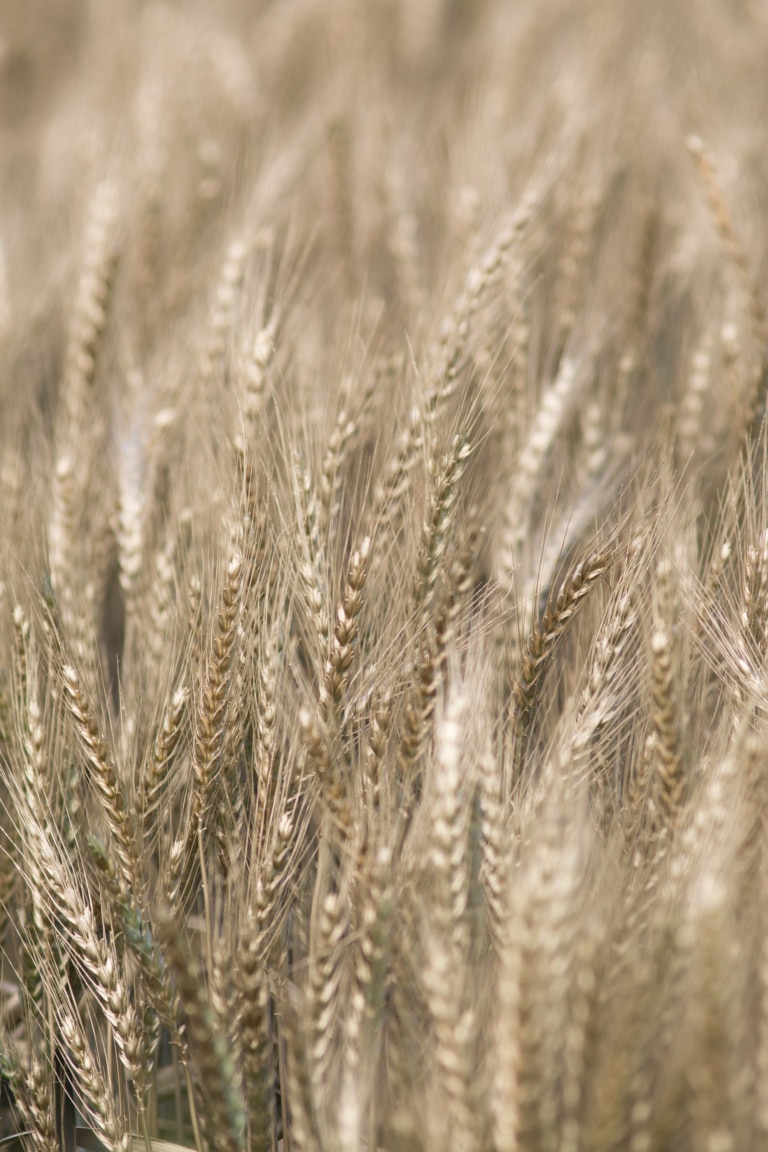
News
AURELIUS goes international
AURELIUS received its Austrian license in winter 2016. This was no surprise to us, but not…
Mehr erfahren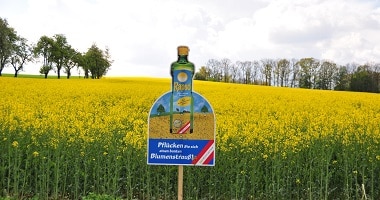
News
25 years RAPSO
The Upper Austrian chamber of agriculture and SAATBAU LINZ jointly developed the RAPSO project in order…
Mehr erfahren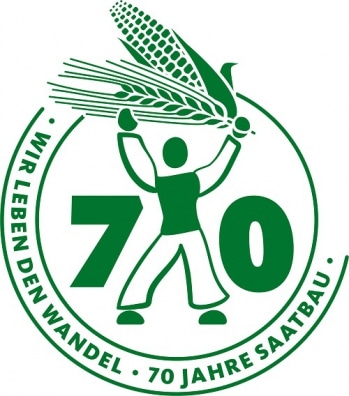
News
70 years of SAATBAU LINZ
On 22nd of May 1950, five local individual seed farming cooperatives merged into SAATBAU LINZ.
Mehr erfahren